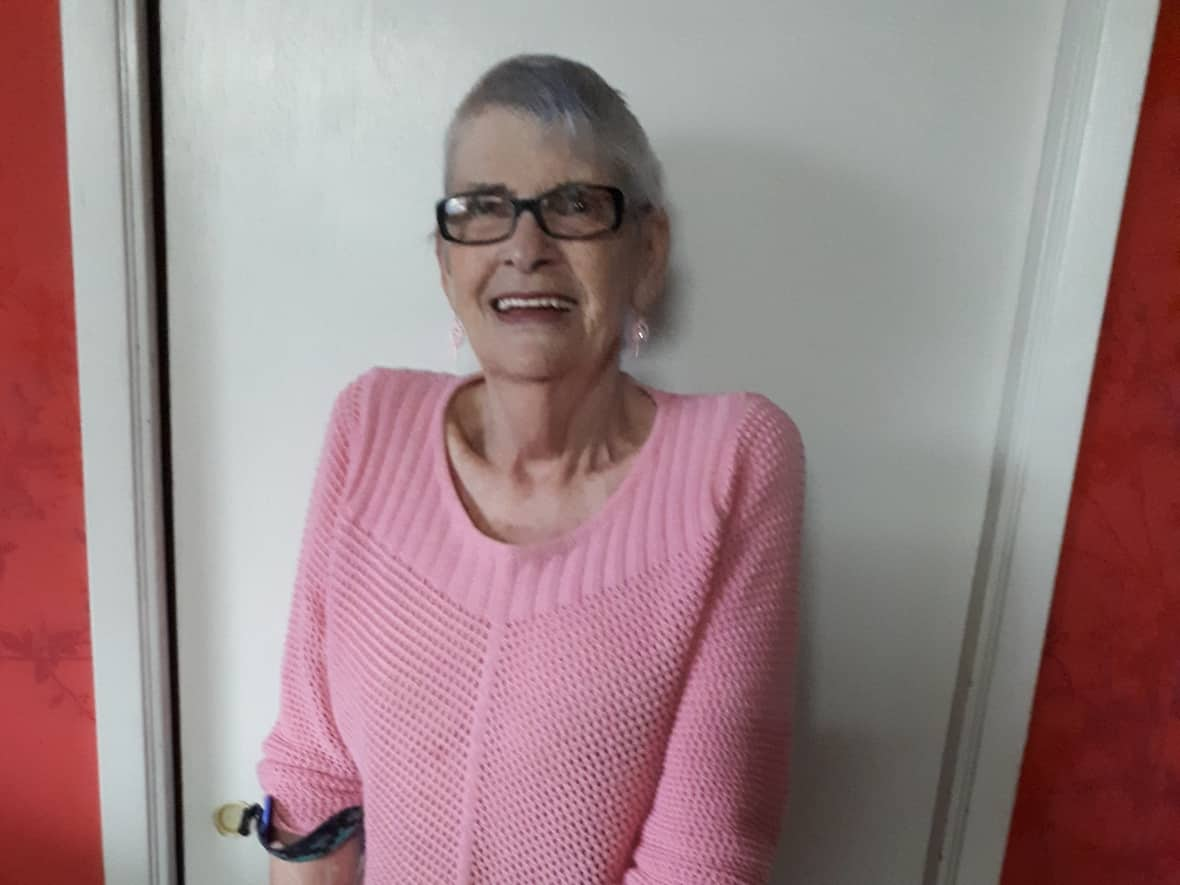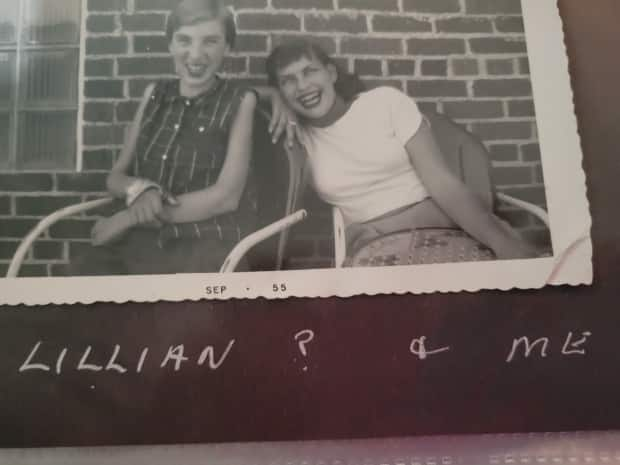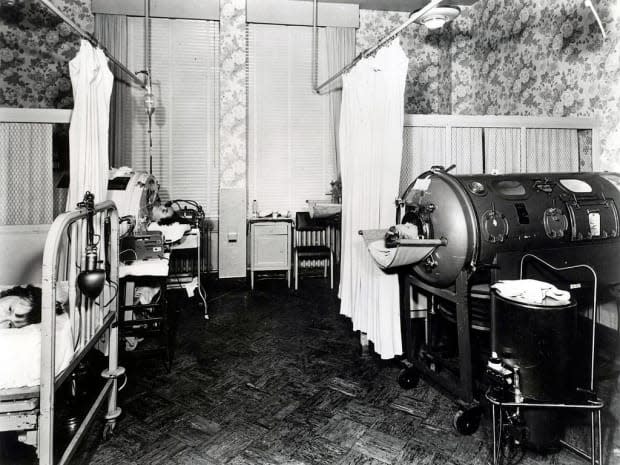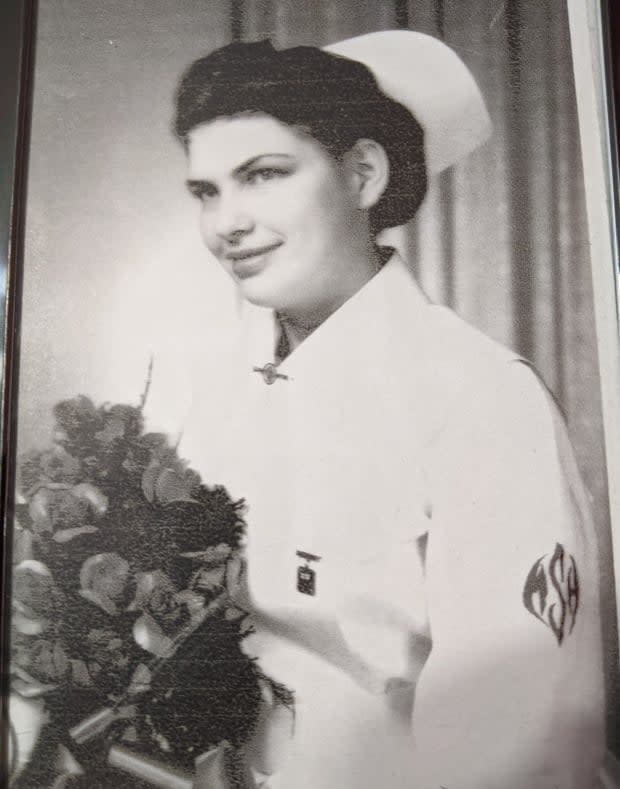As routine vaccination rates fall, polio survivor hopes her story reverses urgent trend

When Miki Boleen sees new parents in her doctor's office, she often asks if they've immunized their child against polio — a disease that immobilized her.
Her desire is not to frighten, but with vaccination rates declining in babies and toddlers due to missed routine immunizations at the start of the pandemic, she hopes her story will help others stay healthy. Boleen, 83, suggests people talk to their doctor — and with others who've had infectious diseases that can be prevented with vaccines.
Her message is simple: Why not consider immunization and prevent an avoidable serious illness?
"Please, please get your children immunized," the Abbotsford, B.C., resident said in a conversation with Dr. Brian Goldman, host of CBC Radio's White Coat, Black Art. "You don't want them ending up like me."
These conversations are happening as public health experts warn that polio could resurface, following spread in the U.S. and the U.K. In New York state this summer, a young man suffered paralysis after a polio infection, the first case in the U.S. in nearly a decade.
This week, doctors and scientists pointed to those developments as well as outbreaks in Malawi and Mozambique and how the unprecedented floods in Pakistan could disrupt polio immunization in issuing an urgent call to achieve a polio-free world.
By the 1990s, mass immunization campaigns that began in Canada in 1955 largely eradicated polio here. Before then, thousands of children were infected.

Boleen first had polio when she was eight years old in Gladstone, Man., about 160 kilometres west of Winnipeg. Initially, the only ill effect was no longer being able to run quickly.
Then Boleen was infected again by another strain during the 1953 epidemic. Winnipeg was the epicentre, with more than 2,300 cases of the country's nearly 9,000 — including 500 deaths that year.
A headache turned into an ambulance ride for the then-14-year-old when she became unable to walk, coupled with a fear she might die.
On the hospital children's ward, others with polio lay in beds alongside her. All the beds were pushed together so closely that if the children had any mobility at that point, they could've rolled onto another bed, she said.
"Sometimes during the night, I'd hear noises and I'd wake up," Boleen recalled. "Well, I couldn't move and my voice was just a whisper at that time, but I knew what was going on. Either I would hear a respirator quit during the night or I'd see the staff come in and move somebody away from the bed next to me. And you knew they'd passed away."
In the morning, the children were told that the patient was moved. As the oldest on the ward, Boleen knew what had really happened.
She says she's still traumatized by the deaths she witnessed.
Polio can strike again
Boleen was in hospital for nine months, which was followed by surgeries and a full leg brace to help her to walk again.
She threw out the braces and crutches, before she started training at age 16 to be a psychiatric nurse. Though she loved her career, symptoms of post-polio syndrome appeared in 1986 and she retired early.
Learning of this summer's case of paralyzing polio in an adult in New York state upset Boleen, she said, but she was expecting it due to declining immunization rates. About 40 per cent of two-year-olds weren't up-to-date with their vaccines in her area of B.C.
Canada's vaccination goal for polio is 90 per cent, but several provinces and territories fall below that target, including 88 per cent in B.C. and 86 per cent in Manitoba.
Drop in immunization must be reversed: public health
Dr. Jia Hu serves as CEO of 19 To Zero, a not-for-profit coalition of medical and other experts who facilitate vaccination. Their efforts include campaigns geared toward parents of babies and preschoolers who missed polio and other immunizations when family practices closed down during the COVID-19 pandemic.
Hu's team conducted a series of surveys suggesting vaccination coverage dropped from 70 per cent to less than one per cent in school-aged children getting the HPV vaccine, which protects against cancers that still kill about 400 Canadians each year.

When it came to vaccinations for babies and preschoolers that protect against polio and measles, the decline was about 25 per cent, said Hu, who is also a public health specialist and a family physician. Before the pandemic, a five per cent decline would be considered massive and concerning, he noted.
"The main reason for all of these drops was actually due to reduced access," Hu said, particularly to family physicians and nurse practitioners during the pandemic.
"There is totally a crisis in primary care," Hu said. "What we need is primary care to be supported in providing immunizations."
The all-hands-on-deck approach to getting Canadians caught up on their immunizations should include pharmacists, just as they helped roll out COVID-19 vaccines to adults, he said, as well as online registries to flag to people when top-ups are needed.
Understanding and outreach
Hu was the medical officer of health during a COVID-19 outbreak at a Cargill meat processing plant in High River, Alta., where his team helped run town halls, translate materials and set up vaccination clinics where community leaders encouraged residents to turn out.
"We launched a fairly large vaccine uptake campaign in northern rural Alberta," Hu recalled.

To succeed, Hu said they used surveys and focus groups to understand why COVID-19 vaccination rates among rural residents lagged behind city dwellers, followed by TV ads, billboards and social media campaigns. Similar outreach could boost routine other types of immunization rates as well, he said.
Dr. Zulfiqar Bhutta, chair in global child policy at the Centre for Global Child Health at Sick Kids in Toronto, also says understanding what drives a community's concerns about vaccination is key to encouraging uptake. He works in two countries where wild poliovirus still circulates: Pakistan and Afghanistan.
Bhutta said polio won't be eradicated until it is under control everywhere in the world. To promote vaccination in Pakistan, Bhutta talks to parents about their family's unmet needs, like hunger and reproductive care. The team works to provide those services alongside vaccines.

Public health doctors and nurses often say immunization is a victim of its own success since we don't see the illness and deaths averted. But they only work when enough of the population gains the protection.
"I often tell people what we see in lower-middle income countries, we see in pockets of deprivation in high income countries," said Bhutta, who is also with the Institute for Global Health and Development at Aga Khan University in Karachi, Pakistan.
Bhutta said vaccine hesitancy anywhere can be tempered by reaching the most vulnerable people and maximizing participation.
In Canada, Boleen channels disappointment over falling immunization rates into her speeches in support of March of Dimes Canada's work with post-polio survivors, as well as conversations so younger adults discover just how damaging polio can be.
"Trust me, if I could have had immunization, I wouldn't have had polio twice and I'd still be dancing," Boleen said. "That's the thing I miss the most."


